Byzantine style in the interior
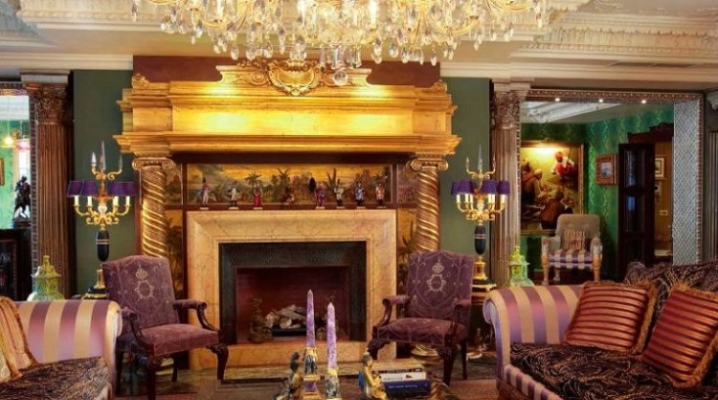
The historical significance of Byzantium is great - it is one of the most ancient states, which had a huge impact on the formation of science and culture in many other countries. The development of the architecture of this country, in turn, was influenced by ancient, as well as Eastern and European traditions. For a long time, the style was traced exclusively in temple architecture, but recently it has become widespread in the design of residential premises.
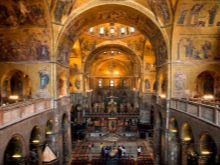
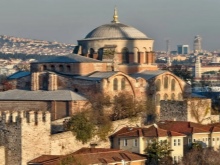
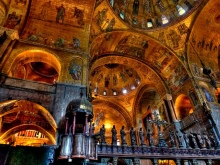
Peculiarities
The Byzantine style is rightfully considered the first domed architectural trend. Over the centuries, it developed within the borders of the powerful Byzantine Empire. The most active development of the style fell on the VI-XV centuries.

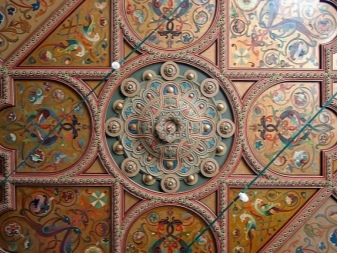
Historians to this day have not determined exactly where exactly this direction originated. - there are assumptions about its ancient Roman and Eastern origin. This is not surprising, because in the Byzantine decor, characteristic features of both trends are noticeable.
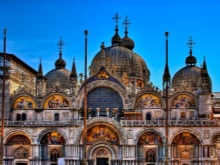
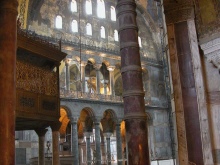

First of all, these are domes placed on the drum. From the inside, they are decorated with polychrome mosaics. The weight of the bulky dome is redistributed with the help of sails over several support pillars placed inside the building.
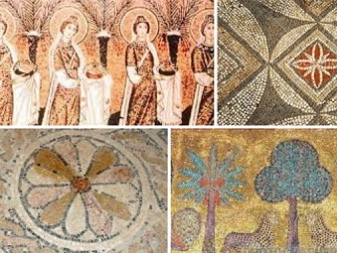
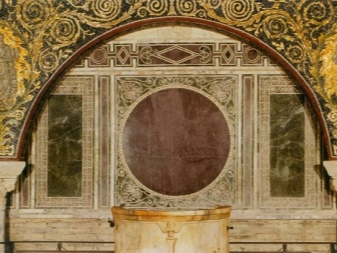
All other details of the Byzantine style are represented by vaults, arches, columns, and also semi-domes. The Byzantine style became, perhaps, the first among all Western ones, where structural elements, on the one hand, are extremely functional, and on the other, they are in harmony with an unusual shade palette. Arched forms prevail in the window openings; they are closed with monolithic slabs with large holes or gratings.
Doors in Byzantine houses were decorated with all kinds of ornaments, borders and massive reliefs - this approach greatly increases the external fundamentality and inaccessibility of the structure.
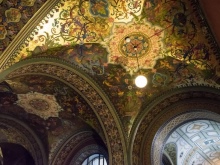
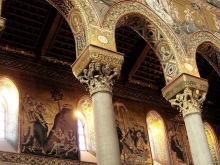

Later, brickwork began to be used to decorate buildings in Byzantine design, marble cladding, the construction of columns and pilasters became widespread. The architecture contains cornices and combinations of windows of unusual shapes. Over time, buildings in the Byzantine style decreased in size, but at the same time they began to be supplemented by side-chapels, that is, small annexes on different sides. This gave the buildings a unique and inimitable look.
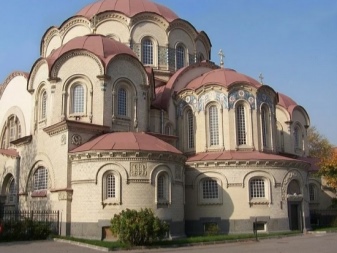
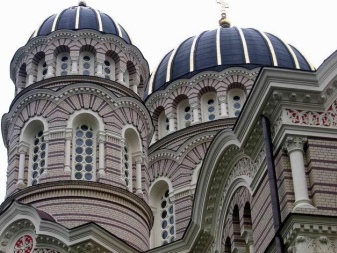
At the end of the 19th and beginning of the 20th centuries, the ideas of architecture found application in the Russian temple culture, even a separate trend arose - the Russian-Byzantine style. Nowadays, features of the Byzantine style are widely used in the manufacture of furniture and the arrangement of large, spacious modern houses and apartments.


The typical features of the Byzantine trend are luxurious design and sophistication of forms. The bright color palette was borrowed from Eastern culture, and the simplicity of the furnishings from the ancient Romans, while the Byzantine trend only partially simplified the appearance of the furniture. The decor clearly shows Christian motives.
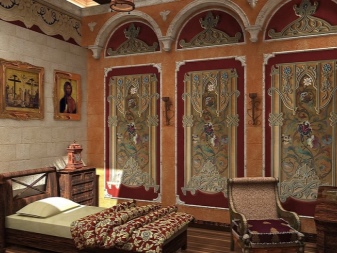
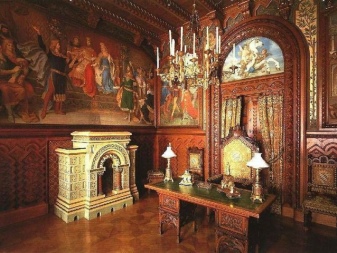
Decorating houses in the Byzantine style is not difficult at all, any interior consists of:
- simple furniture covered with bright canvases;
- oriental textures;
- a huge number of pillows;
- vases and other decorative items inlaid with precious and semi-precious stones or colored glass;
- floral ornaments on doors and window openings;
- massive lighting fixtures on gold chains;
- Persian carpets.
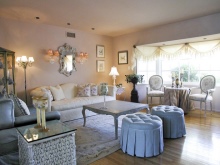
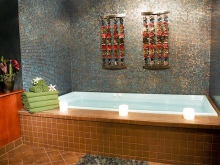

Finishing
As the main building and finishing materials, they used, as a rule, brick or stone, fastened together with cement mortar. As for the interior cladding, the Byzantine decor, with its pomp, required the use of the rarest and most expensive materials - most often ivory, rare types of wood, marble, granite and, of course, gold were used. Upholstery made of oriental canvases with gold thread is widespread here.
Since the existence of the Byzantine Empire to the present day, such techniques have been preserved in interior design as:
- wall cladding with wood panels;
- plastering of masonry;
- hanging curtains on arched windows.
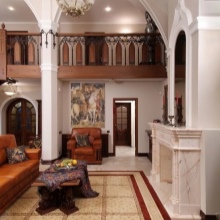
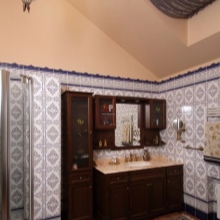
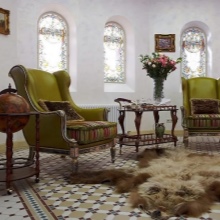
In the decoration, colored glass is used in large quantities, as well as semi-precious stones, silver or gold products. The exterior decor is dominated by natural stone, granite tiles or plaster base. Byzantine design allows wall decoration with silk and other expensive fabrics. As for the flooring, it is most often represented by a multicolored mosaic made of small marble pieces or semi-precious stones.
The windows in the interior of the inhabitants of Byzantium were mainly large, had an elongated arched shape. They were draped with a unique material - Byzantine silk, which stood out among all other types of linen for its exceptional quality and contrasting embroidery.
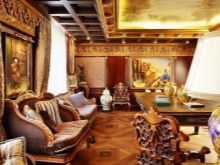
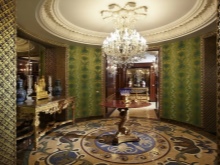
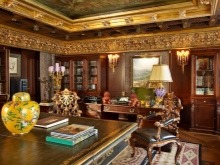
Furniture selection
The simplicity of furniture borrowed from the Roman people when arranging interiors in Byzantine decor is fully compensated by upholstery made of fabric of the brightest colors. The materials used to create upholstered furniture at that time were covered with gold, inlaid with smalt, precious stones and ivory became widespread. A canopy trimmed with gilded threads looks stylish in such an interior.
Furniture decor necessarily involves a large number of pillows, even in the kitchen.

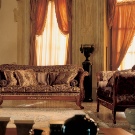
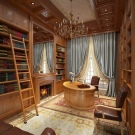
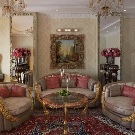
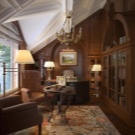
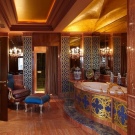
Interior decor and lighting
A distinctive feature of the Byzantine interior was and remains a bright multi-colored decor. This trend is characterized by the decoration of doors and windows, as well as niches with floral patterns. The room in the Byzantine interior is literally overflowing with all kinds of decor items - these are large ivory vases, flowering plants, as well as copper, gold or silver kitchen utensils.

An indispensable element of the decor is a mosaic made of multi-colored glass. By the way, initially it was used exclusively for the decoration of stained-glass windows, but a little later the material served as the basis for decorating dishes and vases. This pomp was later transferred to the Baroque direction.
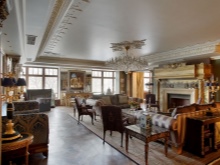
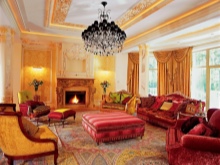
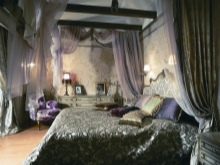
The art of the Byzantine Empire is based on the ideas of Christianity. That is why religious motives are often visible in the decoration of the premises - these are the monogram of Jesus Christ, images of a lamb, fish, and also doves. Floral ornaments are quite common, combining Eastern and Roman symbols. These include olive branches, a myrtle tree, and a weave of climbing plants.
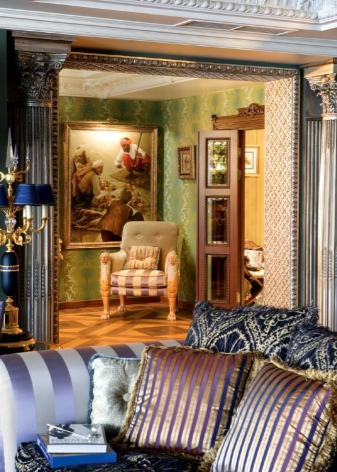
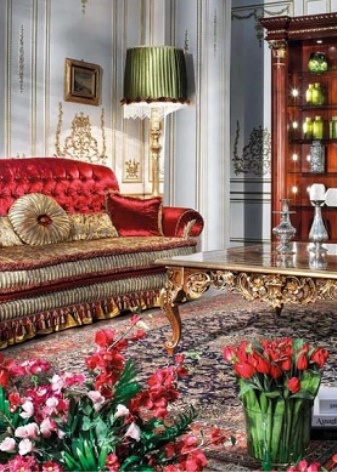
The design of a Byzantine house has always been distinguished by its desire to showcase wealth and prosperity., and this can be directly seen in his tint palette. The colors used are most often bright, very diverse with a predominance of scarlet, purple, milky white, as well as all sorts of undertones of brown and blue.
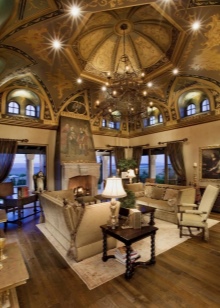
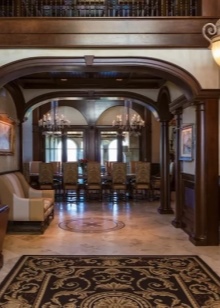
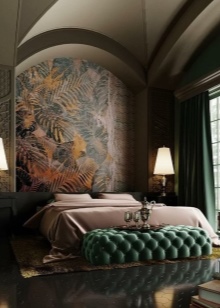
In the Middle Ages, the art of Byzantium had a tremendous impact on the formation of the culture and architecture of many other countries. Features of this style can be clearly seen in most of the later stylistic directions, they are especially noticeable in the Romanesque and Gothic decor.
The Byzantine style is characterized by brightness, pomp and luxury combined with the simplicity of furniture. For this trend, a typical organic combination of oriental motives with antique and Christian elements.
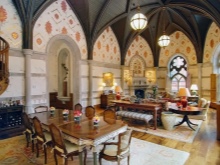
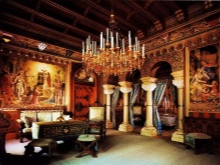
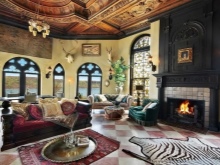
For what Byzantium is, see the next video.













The comment was sent successfully.